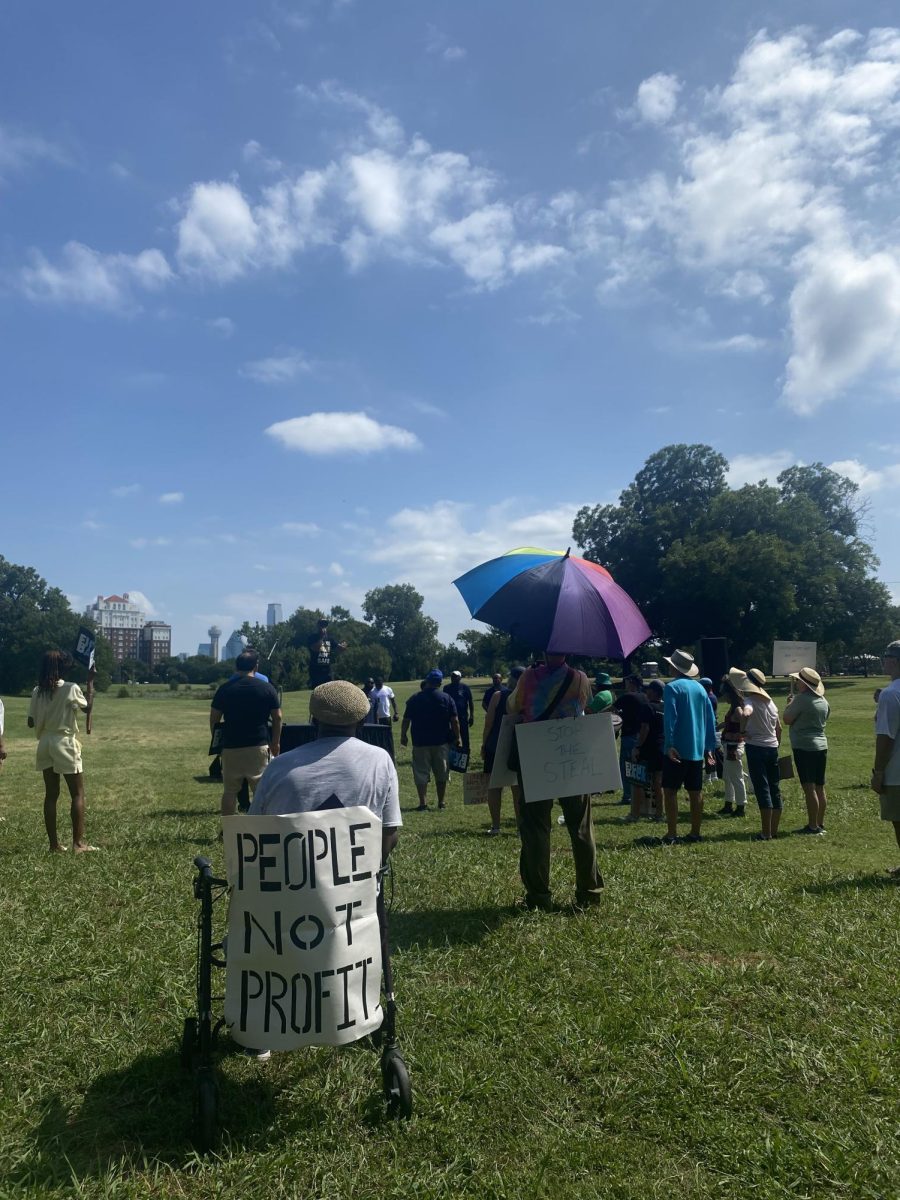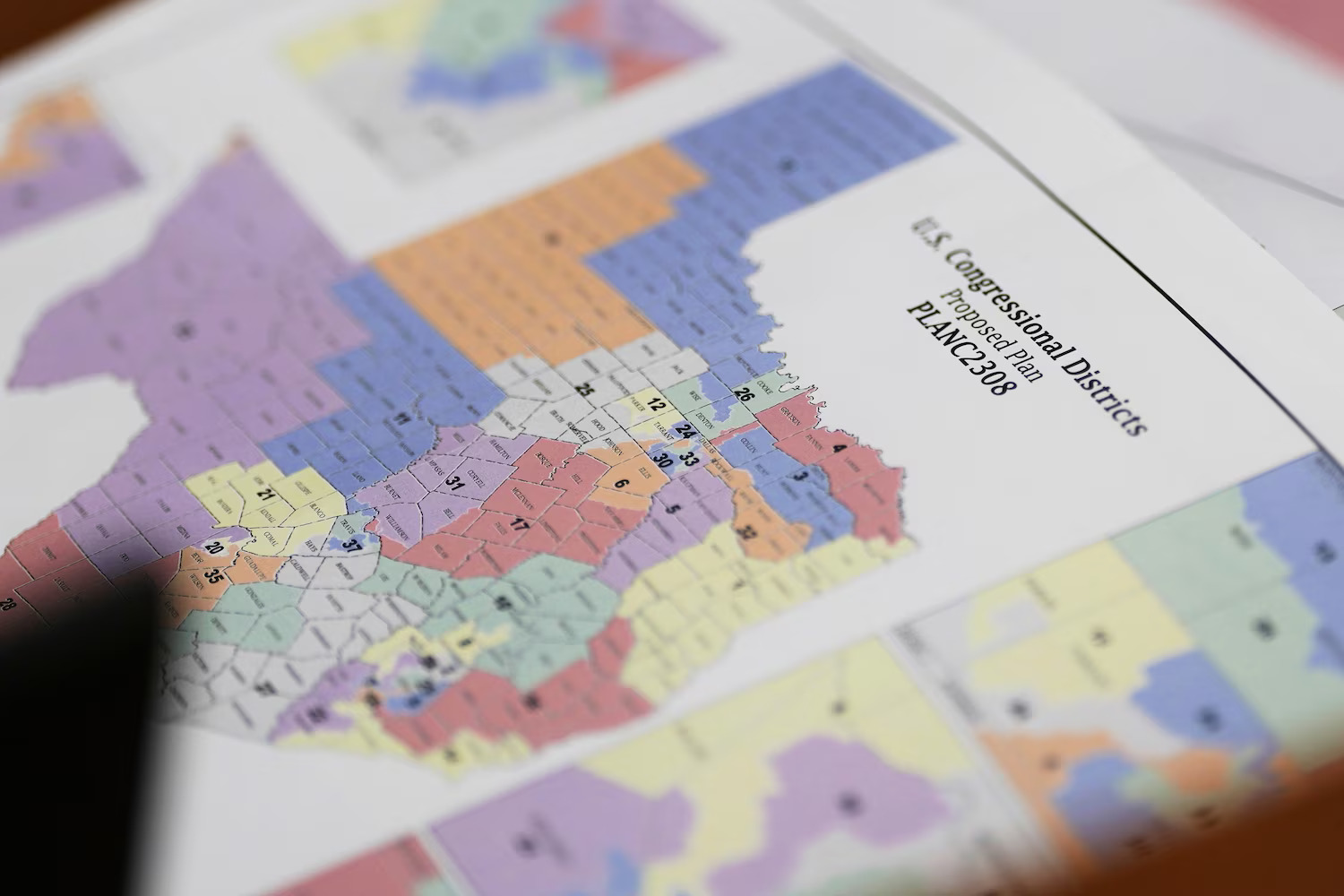As lawmakers and concerned citizens flood into Austin from every corner of the state, Texas finds itself once again at the center of a political storm: redistricting. Behind the maps and congressional lines there’s a process that directly shapes who represents constituents in Washington, and who doesn’t. But how does it work, and why is this round of redistricting raising so many alarms?
Every ten years, following the U.S. Census, states redraw their congressional and legislative districts to reflect population changes. This process, known as redistricting, is supposed to ensure equal representation under the principle of “one person, one vote.” In Texas, the state legislature is in charge of drawing these maps, which are then approved like any other bill.
The idea makes sense in theory. As populations grow or shrink in different areas districts should be updated to stay balanced. But, redistricting can be and often is used strategically–that’s where gerrymandering comes in. Gerrymandering is the manipulation of district boundaries to give one political party an advantage, often by “packing” or “cracking” voters of the opposing party into certain districts to weaken their influence
Texas is no stranger to this tactic. In fact, the state has a long history of gerrymandering cases reaching federal courts. But this year things are especially heated.
On July 30, 2025, Texas Republicans released a proposed congressional map that immediately sparked backlash. According to NPR, the new design appears aimed at strengthening GOP control by targeting five specific seats. Many of which have growing Latino populations that tend to lean Democratic. The Texas Tribune adds that these districts are being drawn in ways that could undercut the influence of these communities at the very moment they’re becoming politically active.
Supporters of the plan argue that the maps are legal and based on legitimate population data. Critics counter that the maps are designed not to reflect the will of the people, but to suppress it, ultimately affecting minority representation.

Why should this matter to you? Redistricting decides which voices get heard—and which get silenced. For young Texans who are just becoming eligible to vote–or will be in the next election- these maps shape the battlegrounds of the future. Whether you’re from a big, bustling city or a quiet rural town, redistricting affects whether your vote truly counts. If political lines are drawn to pre-determine outcomes, then the foundation of democracy–fair representation–is at risk.
Understanding how this process works isn’t just for political science majors; you help protect not just your vote, but the democracy you’re about to inherit. It’s for everyone who wants a say in the direction of their state and country. By staying informed and speaking up for your democracy, you help protect the fairness of the system you’re about to inherit.
Sources- texas texas-redistricting-congressional-maps-house-republicans texas-redistricting-proposed-congressional-map














Chloe Hawkins • Aug 27, 2025 at 10:32 am
Great job bringing awareness to this very important issue! So many people fail to recognize the weight/impact of gerrymandering. Keep up the good work, Suzette! Please continue advocating for and educating others. I look forward to seeing what you accomplish!